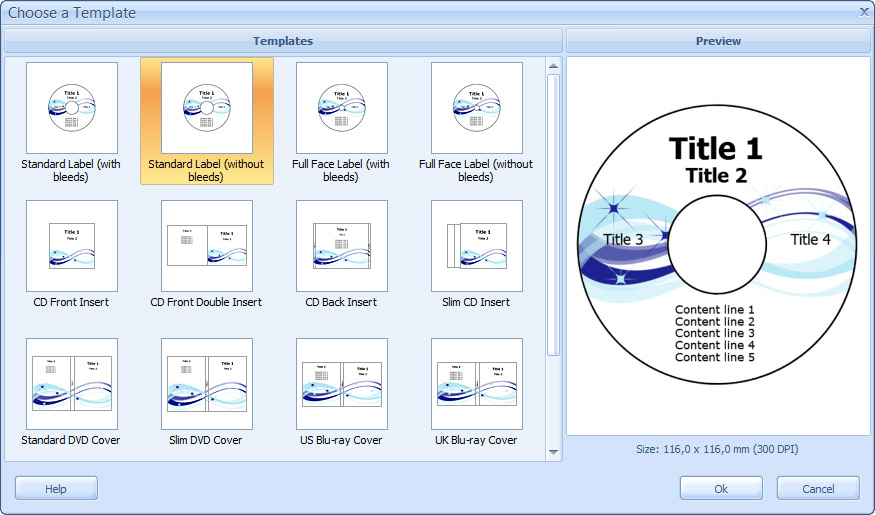Greatest CD Printing Approach for Your Project
Still using adhesive labels on the music cds? Would certainly be glad to understand there are far safer and are more durable techniques which can be used to produce great-looking covers for the CDs and DVDs. It's now easier than ever to record music, burn movies, and store data on the CD, but burning a disc flawlessly is just half the battle. Labelling your creation and making it have an attractive appearance could even be double the of your challenging task. Underneath are a variety of different printing methods you can use for the recordings and projects apart from printing off and taking advantage of sticky labels which affect disc balance and create problems with all the disc's playability:
• Lithographic offset print. The standard for labelling and printing on high volumes of discs, lithographic printing is surely an innovative printing method regarding the advance of what is known printing plates. These plates can be produced from photographic negatives, that are processed using a traditional photo production method the location where the negatives are bathed in chemicals. Images can likewise be processed directly from a pc to a plating machine in the procedure referred to as CTP or computer to plate process. The plates are imposed onto rubber blanket cylinders within a specialised printing machine (thus the term offsetting, as plate imagery are offset onto the cylinders). The cylinders then use the appropriate colours to the disc's printing side. 
• Silk screen print. Silk screen printing uses principle principle of traditional screen printing where ink is passed through a mesh or screen. The mesh is stretched on a frame as well as a summary or stencil with the image to be printed. Outdoors aspects of the stencil permit the ink to circulate through, leaving a good, clean print on the disc. A four-color process, screen printing on CDs, much like screen printing on garments and fabrics is much more fitted to designs designed to use solid colours as an alternative to people that have colour gradients.
• Inkjet print. Inkjet printing can be a cost-efficient alternative for those that have low-volume printing requirements. The advantage of inkjet would it be can be used to create a number of design styles, including solid colour and photographic images. Such a CD printing uses principles and technologies similar to home inkjet colour printers.
• Thermal print. In thermal printing, images are sent directly from the pc on the print machinery. The equipment uses transfer ribbons that pass below a heated printing head, thus enabling ink transfer. Thermal outputs are waterproof and don't require additional procedures to hold the print intact, unlike inkjet prints.
Whichever form of printing method you choose to use, it's good to experience a reliable supply of supplies to be sure that you will never run out in the heart of a print batch.
For more information about print CD labels go to the best website.